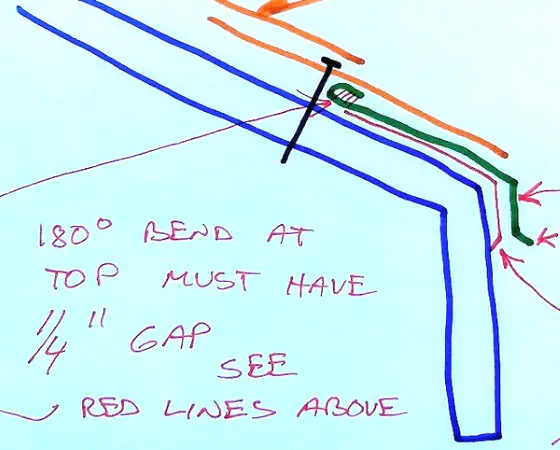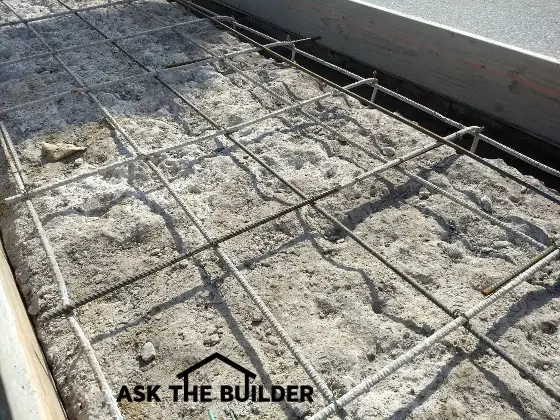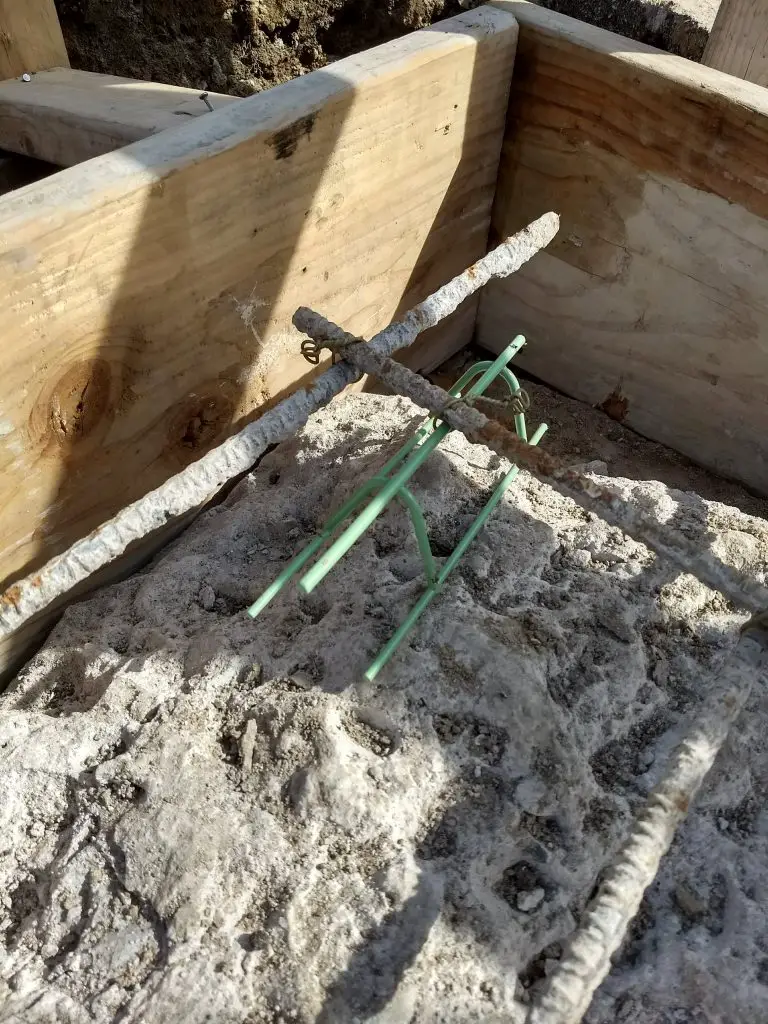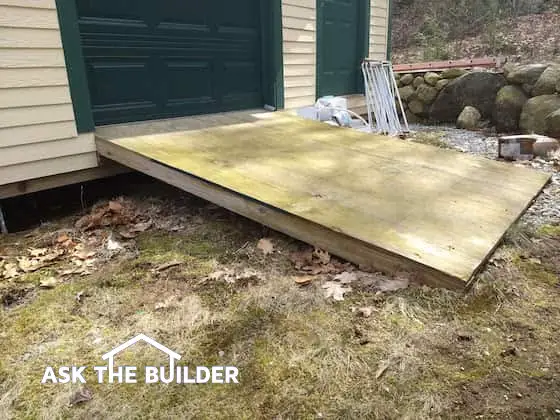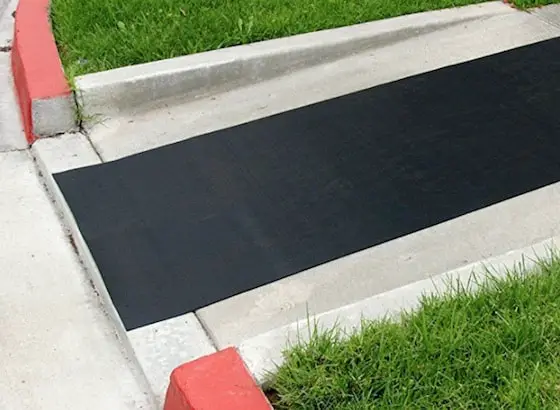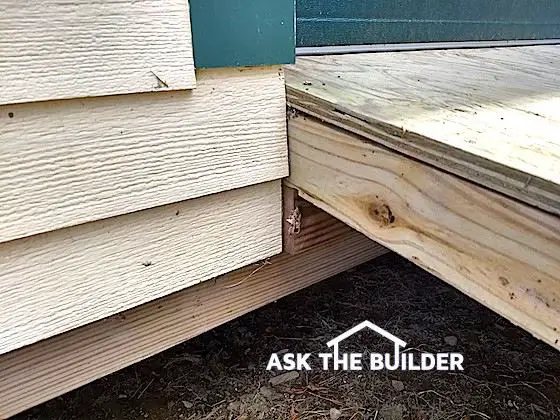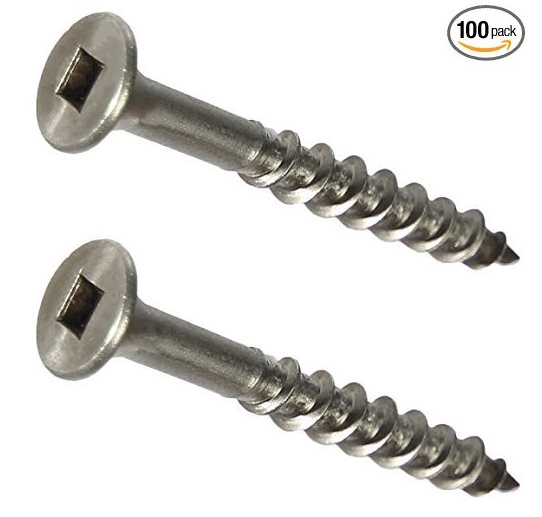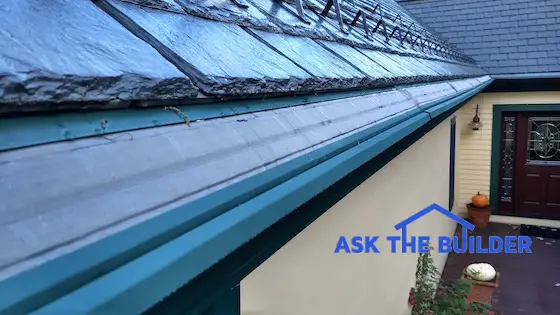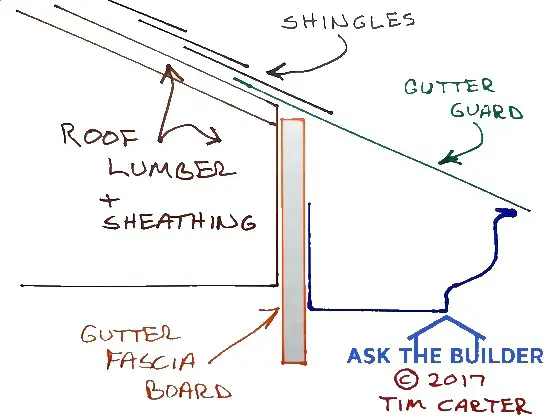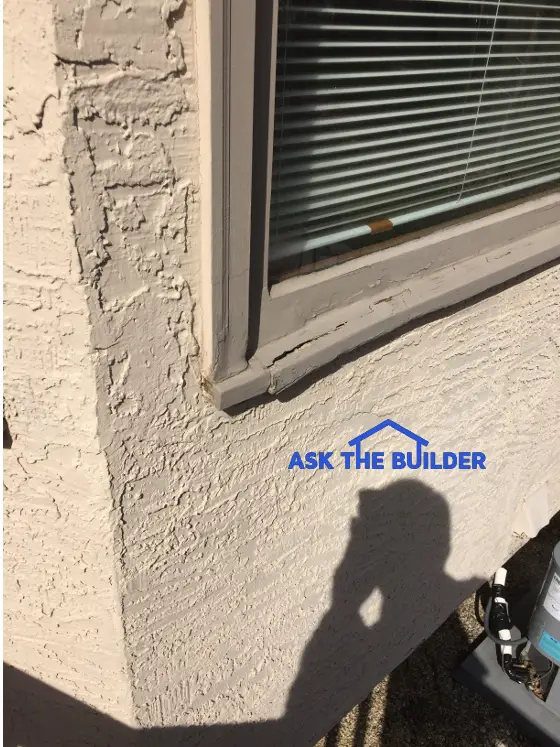New subscriber? Glad you're here!
Seasoned subscriber? - You know I love you too!
Warm WX has finally arrived here in central New Hampshire and that means I'll resume my decluttering project.
Last fall, I started to get rid of stuff that's accumulated in my shed, garage and the attic of my garage. I seem to have inherited a little bit of my Mom's packratitis disease.
Mom had a chronic case that I'm sure made it into one, or more, obscure medical textbooks.
Allow me to share a funny story, well I think it's funny - but Mom may have been a little embarrassed. It's important to realize I was in my mid-teens when this happened and started to get enough life experience that I could challenge Mom's fountain of knowledge.
My room was in the basement of our small house. When I was about ten years old, maybe nine, my Dad and Uncle Raymond transformed our basement garage into a paneled very private and cool bedroom.
I even had my own door to the outside world far away from the ears of my parents. You know those door hinges were well oiled, but I digress.
You got to this sanctuary by going down the stairwell that went from the kitchen down to the basement. There were pegs and hooks on the wall in the staircase. My mom saved the paper shopping bags that had those loop handles and stored them here.
Here's a photo I just took of some modern ones in my own mud room. We now have amazing fabric ones and see-through ones.

Anyway, Mom's collection grew and grew until I was constantly bumping into them as I went up and down the steps. Frequently they fell off the pegs onto the landing at the back door.
One day she was in the kitchen and I was in a rush to get somewhere. I bumped into the bags and about twenty fell to the floor. Exasperated I said, "Mom, why in the heck do you have so many of these STUPID BAGS? You'll never use them all up in your lifetime. You just keep getting more and more!"
Her response was priceless. It's as if she just said it a minute ago. In fact, when Kathy and the kids ask me why I'm saving this or that, I use the EXACT SAME LINE.
With a perfectly straight face she replied, "Timmy, they're not going to make them much longer."
Three years before I would have accepted that statement as if it were gospel. But I was now spreading my wings and discovering more of the outside world. I was connecting more dots on my own.
"WHAT?" I shrieked while shaking my head as I was picking them up and trying to get them to stop from sliding off the round pegs.
"Are you crazy? Some other company will start making them. We'll always be able to get paper bags with handles."
Mom didn't have an answer for that and I'm sure I remember her cheeks turning a slight crimson red as I had exposed her soft underbelly of packratitis. It's a fond memory to be sure!
As you can tell in the above photo, I was right and I probably have a few too many bags with handles of my own.
I also have other things that I've got too much of and I'm selling lots of it not only on Craigslist, but also on the special group pages on Facebook that are titled Garage or Yard Sale.
Believe me, there are lots of these groups in your city or town. Your junk is someone else's gold. You can transform just about anything into cold cash. Just be sure it's clean and take LOTS of photos.
CLICK HERE to see a refrigerator I just listed last night. It will be sold and in someone's house in the next 48 hours for sure.
Trust me, it feels GOOD to get rid of crap you don't need nor use any more. You then have cash to save or use to get things you really want or need now.
Getting Organized - Akro Bins Baby!
I've used Akro Bins for years to keep things organized in my garage and workshop. I was introduced to them thirty-five years ago by one of my customers, Dale Friemoth. He was a great engineer and they used him at his business. I mentioned using these bins back in my September 12, 2017 AsktheBuilder Newsletter.
 These multi-colored bins come in all sorts of shapes and sizes. They have a slot on the front where you can put in a heavy paper label. Almost all come with a french-cleat lip on the back so you can hang them on pegboard.
These multi-colored bins come in all sorts of shapes and sizes. They have a slot on the front where you can put in a heavy paper label. Almost all come with a french-cleat lip on the back so you can hang them on pegboard.
They're built to stack on top of one another. You can use colors to your advantage - storing certain types of things in the same color.
I not only stack them on my workbench, but I also have them hanging from my metal Wall Control pegboard. My metal pegboard gets lots of praise from visitors. The metal pegboard comes in all sorts of colors. It's amazing stuff.
The hooks NEVER come out of the metal pegboard like they do on the standard wood pegboard. No more frustration for me!!
Look at the photo below. You can see the Akro bins hanging from the metal pegboard in the lower left corner.
CLICK HERE to read the story about how I discovered the metal pegboard.
There's a GREAT PHOTO in the story showing my workbench and my own Akro bins hanging right where I need them. Some are also stacked on my workbench.
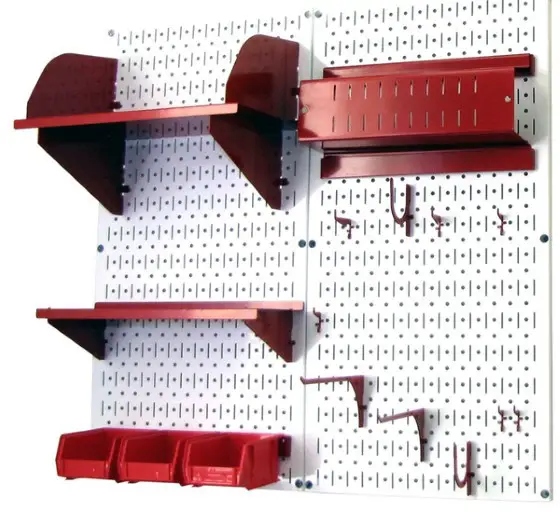
Cast Iron Pipe vs PVC
You may not know this, but I've been a master plumber since age 29. I love, love, love to do plumbing work. To me, it's a 3D puzzle to make all the pipes connect.
Are you building a new home or doing a major remodel? Do you suffer from Niagara Falls in your home now when someone flushes a second-floor toilet and you hear the CRASHING WATER cascading down the PVC pipes in the wall and overhead ceiling?
Did you know you can eliminate that sound by installing cast iron?
CLICK HERE to see how easy it is to do.
Free & Fast Bids From Local Contractors
What jobs do you have planned around your home this spring? I don't care what they are.
How would you like to get FREE & FAST BIDS from local contractors? No obligation.
When I say FAST, I mean it. Don't believe me?
CLICK HERE and try it out. Let me know how long it takes for you to get a phone call or email. You'll be STUNNED!
Shed Ramps - Easy to Build
Do you have an outdoor shed? How would you like to have a ramp to get things in and out with ease?
CLICK HERE and I want you to pay particular attention to the type of DOOR I use to get in and out of my shed.
Did you know you could get one that small??? I'll bet you didn't!!!
Deck & Patio Cleaning DANGER
My syndicated newspaper column that's now appearing in many papers is about the DANGERS of using chlorine bleach to clean things outdoors.
I still see MANY websites and articles saying, "Mix a 50/50 solution of BLEACH and water to clean your deck, patio, siding, blah blah blah."
The bleach they're talking about is chlorine bleach. The stuff in the white jugs you get at the grocery store.
The chemical name for chlorine bleach is sodium hypochlorite.
Chlorine bleach is the WORST THING YOU CAN USE OUTDOORS.
Chlorine bleach is VERY TOXIC to any vegetation, trees, expensive landscaping, etc.
It's FAR BETTER to use oxygen bleach. Oxygen bleach is SAFE for all outside vegetation. The solution adds beneficial oxygen to the soil!
My Stain Solver, to the best of my knowledge, is the only certified organic oxygen bleach out there.
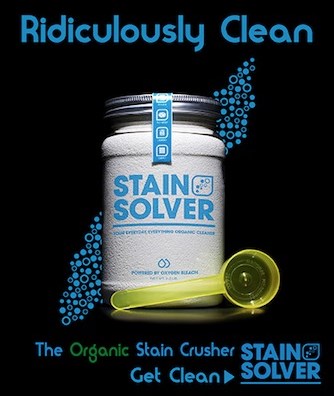
Kathy and I own Stain Solver. We've made it for 23 years.
You may be one of our tens of thousands of REPEAT customers. If you've NOT TRIED IT YET, you're missing out.
CLICK HERE and just try a sample bottle if you're a Doubting Thomas or Thomasina.
Our sample bottle is less than $10 with FREE SHIPPING to any USA state or territory including Guam, Puerto Rico, and the US Virgin Islands.
If you have any issues with it, I'll give you your money back. All I ask is that you follow the directions on the small card I include with the cute sample bottle.
If you want me to autograph your bottle, I will. Just put that note in the COMMENTS section on the checkout page. 😉
That's enough for a Tuesday.
Do you have QUESTIONS about Stain Solver? Do you want to know if it's SAFE to use on something? REPLY to this email and ASK ME.
Tim Carter
Founder - www.AsktheBuilder.com
Uncle Tim's Magic Crystals - www.StainSolver.com
Purveyor of Outdoor Adventures - www.W3ATB.com
Do It Right, Not Over!
